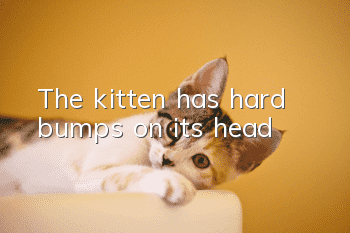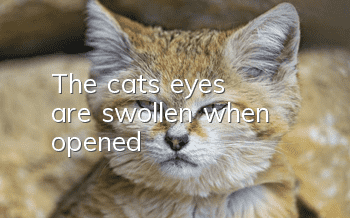How much does a Korat cat cost and is it easy to raise? Korat cat pictures | price | introduction

The Korat cat is native to Thailand. In 1959, the Korat cat was introduced to the United States from Thailand. In 1965, it was recognized by the U.S. government! In 1975, this breed was recognized by the United Kingdom. The Korat cat, also called the Korat cat, is named for a certain reason. It is named after a province in Thailand. It is called "Sissewat" by the locals, which means a mascot. In Thailand, people also give it as a wedding gift to two newlyweds!
1. Physical characteristics of Korat cats
It has well-developed muscles, a strong body, and a body shape somewhat like a pony. The head of the Korat cat is heart-shaped, the ears are slightly larger, and the tips of the ears are arc-shaped. The Korat cat has a pair of large, round eyes, crystal green, a slightly short nose, moderate length limbs, small oval paws, a moderate length tail, short and shiny hair, and its color is Silver blue!
Judging from its appearance, this cat can be included in the ranks of exotic short-haired cats. It is a small cat with a petite body, round and stretched, but also exuding a fortitude. The eyes of the Korat cat are large, protruding, blue-green, lively and emotional. It is a clever and intelligent cat! If it is a purebred Korat cat, its body will be silver-blue from the moment it is born. . The Korat cat's fur is smooth, close to the body, and has almost no undercoat, so the Korat cat's resistance is extremely weak. The Korat cat also has a molting season. The difference from other cats is that when people pet it, its hair will not become so fluffy and messy!
The Korat cat has a well-proportioned structure and clear lines; its bones are well developed, its muscles are well-developed and elastic, its back is straight, its limbs are slightly longer, and it is strong! The color of the Korat cat's hair is relatively evenly distributed, without stripes, and is silver-gray-green. There are no patterns such as stripes, which is a rare phenomenon! The hair of the Korat cat is as soft as cotton velvet, short and bright. Its face is heart-shaped, with full cheeks and a prominent, thick, tapered mouth. The Korat cat has a broad head, a medium-sized nose, large ears, and slightly rounded ends. Its tail hair is of medium length, thick at the base and getting thinner towards the end!
2. Habits and characteristics of Korat cats
Korat cats are docile, lively and expressive by nature. Its IQ is very high. With a little training from its owner, it can learn to pack toys or walk on its legs. Korat cats work very well with their owners and are excellent companion animals!
The Korat cat is talented, responsive, and considerate! Its cry is very distinctive, soft and delicate, and it is very loyal to its owner. It is enthusiastic and generous to others, always pays attention to the trends around it, and is aggressive! The Korat cat likes people with a quiet temperament. The owner communicated that he was aloof by nature and could not tolerate the presence of other cats around him. The Korat cat is a short-haired cat that is particularly cold-resistant and easy to raise. It is suitable for living in apartments. It is a typical apartment cat and is very sensitive to the noisy environment around it.Will feel bored and like meat!
3. Misunderstandings about the diet of Korat cats
1.Cats like to eat fish
Some experts point out that fish can provide cats with good protein and other nutrients, but eating too much fish is harmful to cats! If cats eat a tuna diet for a long time, it is likely to cause yellow fat disease, and the cause is food The lack of vitamin E in the body results in the formation of a yellow substance that is deposited in the body for a long time and can lead to painful inflammation in severe cases. In order to prevent cats from developing this disease, owners should provide their cats with complete and balanced food, and avoid feeding too much tuna.
2. Cats need milk
Nutrition experts point out that cats can obtain the water and some carbohydrate calories they need from milk, but that does not mean that they can only live on milk! Many cats have symptoms of lactose intolerance, which often occur after drinking milk. Body paralysis or diarrhea. Therefore, for the health of cats, owners should give their cats less or an appropriate amount of milk!
Guess you like it
▪ Ocelot ▪ Birman cat ▪ Bobtail cat ▪ Russian blue cat ▪ Shandong lion cat
▪ Cloud Cat ▪ Bombay Cat ▪ Maine Coon ▪ Exotic Shorthair ▪ Turkish Van Cat
Tags: Korat cat
- How big can a Ragdoll cat grow?
- How soon can a kitten be bathed?
- How to treat genetic diseases in cats? Treatment of genetic diseases in cats!
- What kind of cat food is better for elderly cats?
- What should I do if the cat always goes to the owner’s bed at night?
- What are the symptoms of cat fuss?
- How to take care of a pregnant cat
- Why do cats need to be fed regularly?
- How to bury a pet cat when it dies? Is there any particularity when a pet cat dies?
- Diagnosis and causes of cat obesity



